There are hundreds of choices of different film cameras you can choose from, but if you’re just starting out, the Pentax K1000 is one of the best choices to learn film photography on the lowest budget possible.
The camera was launched in 1976 and eventually went on to sell over 3 million units. The good news is that because it is so well built and was so popular, you can easily find one in great condition for under $150. I found my camera body and lens combo for about $120 on eBay.
Prices are going up fast, so if you find a unit in your price range and the condition looks ok, buy it fast.
Things to Consider Before Buying a Film Camera

Unlike digital photography, there are a few additional things to consider before picking up your first film camera that will make your life easier once you do get started.
First and most importantly, you’ll need to make sure your camera is in working condition and doesn’t have light leaks. Second, you’ll need to decide if you will be developing and scanning your own film or if you’ll have a lab do it. And lastly and most fun, you’ll need somewhere to buy your film.
Here is what I’ve learned so far on my film photography journey. Hopefully, this information will save you time, money, and help you get going as fast as possible.
Camera Conditions and Light Leaks
When buying your Pentax K1000 try to buy one that has been film tested to make sure the light seals are ok.
The Pentax K1000 doesn’t have as bad of an issue with light seals deteriorating as other cameras like the Canon AE-1 Program, but it’s always worth asking the seller.
If this is not possible, shoot a cheap roll of film as a test roll and have it developed before shooting anything important. The last thing you want to happen is to find out the light seals were broken after you finish shooting an important project.
If your camera has light leak issues, your images will turn out like this

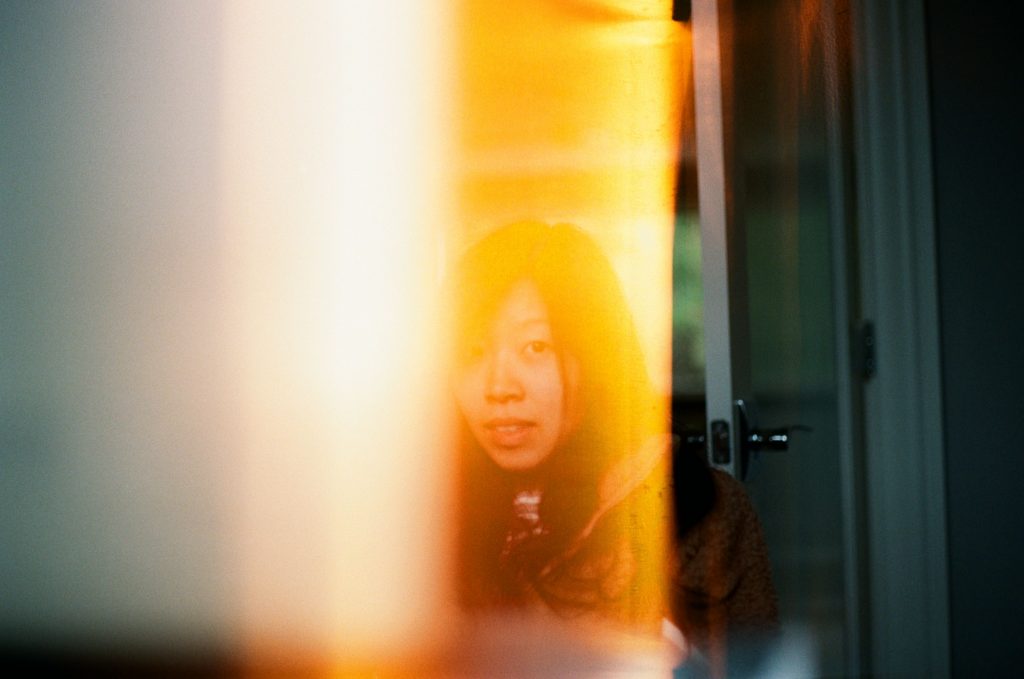

If your camera does have a light leak problem, you can either put on new seals yourself, have a professional do it, or replace the camera. When I asked my local lab how much it would cost to fix the light seals on my Canon AE-1 Program, they quoted $125, but the price can vary.
Developing and Scanning Film
Sending your film to a professional lab to develop and scan is the easiest way to do it and you’ll get the best results.
However, it is obviously the most expensive. The price for developing and scanning film is usually around $15 – $20 per roll of 35mm or 120 films. The cost adds up quickly, but if you are just getting started, I would highly recommend you go with a lab before investing in equipment to develop and scan film at home.
If you don’t have a professional camera lab who will develop and scan film in your area, here are my favorites who take mail-in orders:
- The Shot on Film Store in Seattle: $15.50 for developing and scanning.
- The Dark Room in San Clemente, CA: $15 for developing and scanning.
- Blue Moon Camera in Portland: $22 for developing and scanning.
If you’re thinking about developing and scanning your own film, you definitely should do it! I was hesitant at first, but it’s much more accessible and easy than I thought it would be. There is an initial cost for the equipment, but after you’re set-up, you can save a significant amount of money doing it yourself.
Buying Film
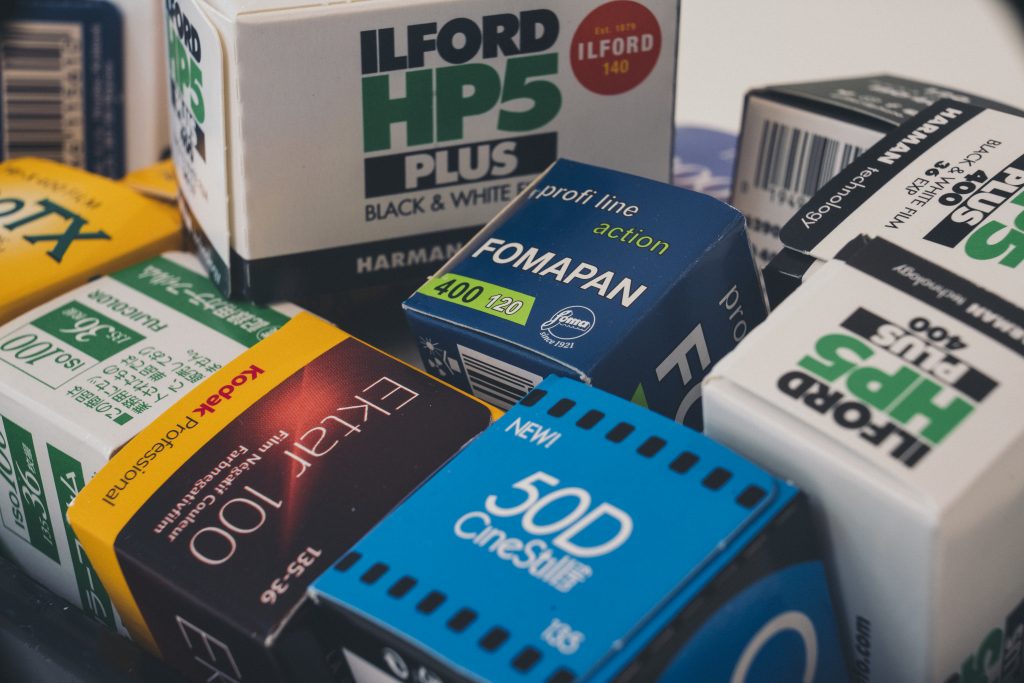
Buying film is one of the best parts of film photography.
There are so many different film stocks to choose from and each one has its own characteristics and feel. If you’re just starting out, my suggestion is to research and try out as many film stocks as possible. At first, it can be a little overwhelming, but over time, you’ll find out which film stocks are your favorite.
Here are my favorite places to shop for film.
- The Shot on Film Store: They are offering free shipping on orders over $29 right now. Great selection, fair prices, and they are always happy to answer any questions.
- Freestyle Photographic Supply: A huge supply of different film stocks. No free shipping.
- Adorama: Free shipping options are available. Another good choice for a wide selection of film stock at a fair price.
- Amazon: Amazon is kind of hit or miss, but you can find some pretty good deals sometimes. Plus, free shipping if you’re a Prime member.
- eBay: eBay is a great place to look if you want to buy expired film stock to try.
If you have any questions about particular film stocks and want to speak to someone, give The Shot on Film Store a call. They are my favorite local lab where I live and are always very helpful when I have questions.
The Pentax K1000
The Pentax K1000 is the first film camera I bought and I learned everything I know about film photography from this camera. I come from the world of digital photography and when I first picked up the Pentax K1000 it was refreshing.
The design of the camera is incredibly intuitive, simple, and well thought out. It’s no wonder that this camera was and is currently one of the favorite film cameras of photography teachers around the world.
There are no extras on this camera. No automatic settings. No electronic functionality other than its light meter. It comes with the only three settings you need to create awesome images, shutter speed, ISO (or ASA in film photography), and aperture.
The Two Models of the Pentax K1000
When you’re out shopping for your Pentax K1000, make sure to keep an eye out on what model it is. There are two different models, one made it Japan and the other made in Hong Kong and then later in China.
The Pentax K1000 made in Japan is of much better build quality so you want to buy one of one these if it is possible. Here is how to tell the difference between the two models.
Made in Japan:
- It is almost entirely made of metal.
- You will see the “AOCo” Asahi Optical Company logo and the Asahi Pentax name on the pentaprism cover on the front of the camera.
- This is the one I have and the photos you see in this article are the Japan-made model.

Made in Hong Kong and later in China:
- The top and bottom plates of these cameras are made of plastic.
- The “AOCo” Asahi Optical Company logo and the Asahi Pentax name are not on the front of the camera. Instead, you will see “Pentax” right below the pentaprism cover and K1000 on the right side of the camera below the shutter release.

Features
You’re not going to find a huge list of features with the Pentax K1000, but that’s what makes this camera great. Every single feature that you find on the camera has a purpose and with the limited feature set, there is nothing in your way to creating awesome images.
There are some missing features I wish it had when compared to other film cameras, but it’s really not a big deal considering its price point.
Build Quality
The build quality of the Made in Japan Pentax K1000 is legendary. It’s almost entirely made of metal except for the tip of the winder lever and when you pick it up you can tell. It’s no wonder how after so many years, you can still easily find these cameras working perfectly.
Fully Mechanical

One of the best parts of the Pentax K1000 is that it’s fully mechanical so it’s fully functional even without a battery.
The Pentax K1000 battery is a small LR44 alkaline battery, but this is only for the light meter. If the battery runs out, you can still use an external light meter and fire off the camera.
Other cameras like the Canon AE-1 Program require a battery to advance the film and shoot the camera. Battery operated cameras usually come with additional functionality, but more things can go wrong with the electronic components too.
Built-In Light Meter

The Pentax K1000 light meter is a built-in match-needle through the lens (TTL) light meter that is very easy to use. It runs off a common LR44 alkaline battery like this one.
Your image is properly exposed if the match-needle is in the middle opening section, it is overexposed if the match-needle is pointing above the middle section and underexposed if it’s pointing under the middle section.
I have found the light meter to be pretty accurate, but it could vary depending on the condition of the Pentax K1000 you get. A good way to double-check is to compare the Pentax K1000 light meter reading to a reading from a light meter app like this one.
Here is what it looks like.
Cross Microprism Center Spot for Focusing

To help you focus, the Pentax K1000 has a focusing circle inside the viewfinder with a cross micro prism center spot. If your subject is out of focus, you will see a more jagged texture in the center spot. Once you have adjusted the focus and the subject is in focus the center spot becomes smooth.
I don’t think this is as easy to use as a split-screen ring, but the Pentax is still very easy to focus on.
Lenses – Pentax K Mount
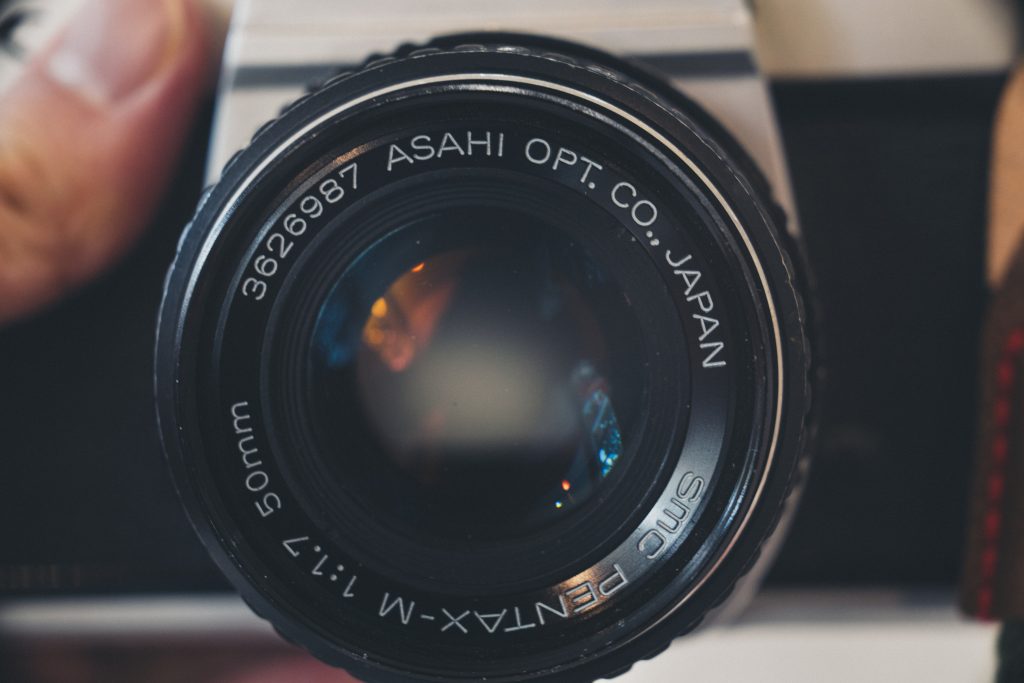
One of the best things about this camera is that it uses the Pentax K Mount (which is also called PK-mount) so there is a huge selection of cheap quality lenses that work with this camera.
Obviously, this camera doesn’t have autofocus, so there is no need to spend extra money on a K Mount lens with autofocus.
Another thing to watch out for is that the camera requires you to set the aperture through the aperture ring on the lens. This isn’t a huge issue if you’re sticking to the old K Mount lenses made for film cameras. However, if you’re thinking about using a newer K Mount lens, these ones don’t have an aperture ring, so you won’t be able to change the aperture when using it with the K1000.
Here are some of my favorite lenses for the Pentax K1000. You can usually find these pretty cheap on eBay.
- SMC Pentax 50mm f/1.7: I found mine for under $50.
- SMC Pentax 50mm f/2: If you can’t find a good f/1.7 this one is another cheap alternative.
- Takumar 28mm f/2.8: A good wide-angle lens option.
- SMC Pentax 35mm f/2.0: If you have the budget, this is a great 35mm option. Although, you will probably have to pay around $300 for it.
- Pentax 105mm f/2.8: A great fast telephoto lens option.
Shutter Speed and ISO

The shutter speed range is from 1 second to 1/1000 of a second and the flash sync speed is 1/60 of a second. Bulb mode is also available if you use a shutter release. The max shutter speed at 1/1000 is pretty standard for cameras in this price range and should be fast enough for most situations you find yourself in.
The ISO range is from 20 to 3200 in 1/3 stop increments which is a wide enough range for you to push most standard film stocks up to 3 stops if you want to. It is located on the same dial as the shutter speed. All you have to do to change it is to pull the dial up and turn.
If you ever find yourself in a situation where you want to push your film past ISO 3200, you can always use apps on your phone like this one or an external light meter.
PC Sync Port and Hot Shoe

This camera does have a PC Sync Port and a Hot Shoe if you want to use flash with the camera. I have not tried to use these or plan to, but it’s good to know the camera has it in case you do.
Film to Use

In reality, you can put any film stock through the Pentax K1000 and end up with really good results.
If you’re not sure where to begin here are my favorite film stocks to try out when you first start shooting film. All of these film stocks are considered consumer-grade, which means they’re cheap, easy to find, and give you great all-around results.
I have linked out to the store with what I think is the best deal considering the price, shipping, and availability.
- Kodak Gold 200: A classic 200-speed film stock that has warm saturated colors. It works best in a lot of light and metered at 100 – 160 ISO.
- Kodak ColorPlus 200: Another classic 200-speed film stock which can produce warm, bright, soft, yet saturated colors. It’s very similar to Gold, just a little flatter. It works best in a lot of light and metered at 100 ISO.
- Kodak Gold Ultramax 400: An awesome all-around film stock at 400 speed, which gives you more flexibility in lower light situations. It works best metered at box speed of 400.
- Fujifilm Fujicolor 200: If you like a less saturated balanced look, Fujicolor 200 is a great film stock to try out. It works best in a lot of light and metered at 100 ISO.
- Ilford HP5 Plus: A wonderful black and white film stock with a lot of character. The best part is that you can sometimes find it around $4 a roll.
If you want to see more information about each of these film stocks and to see sample images shot with this camera, make sure to check out my Best Film for the Pentax K1000 article.
Alternative Film Cameras
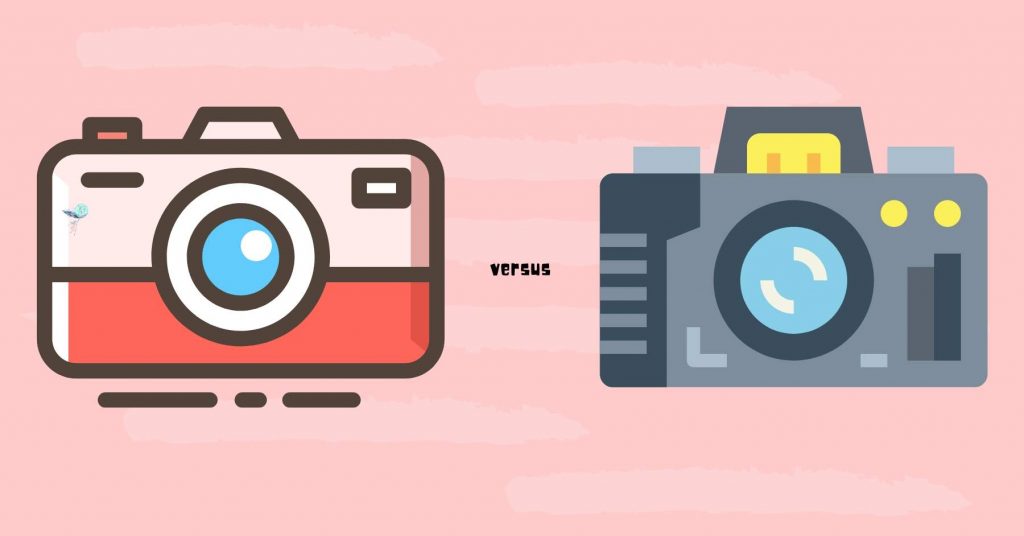
As I have mentioned, this camera is all about simplicity, so you’re not going to find any extras with the Pentax K1000. If you don’t think the Pentax K1000 is what you’re looking for, here are 2 alternatives that are around the same price point as the Pentax, but with more features.
Canon AE-1 Program
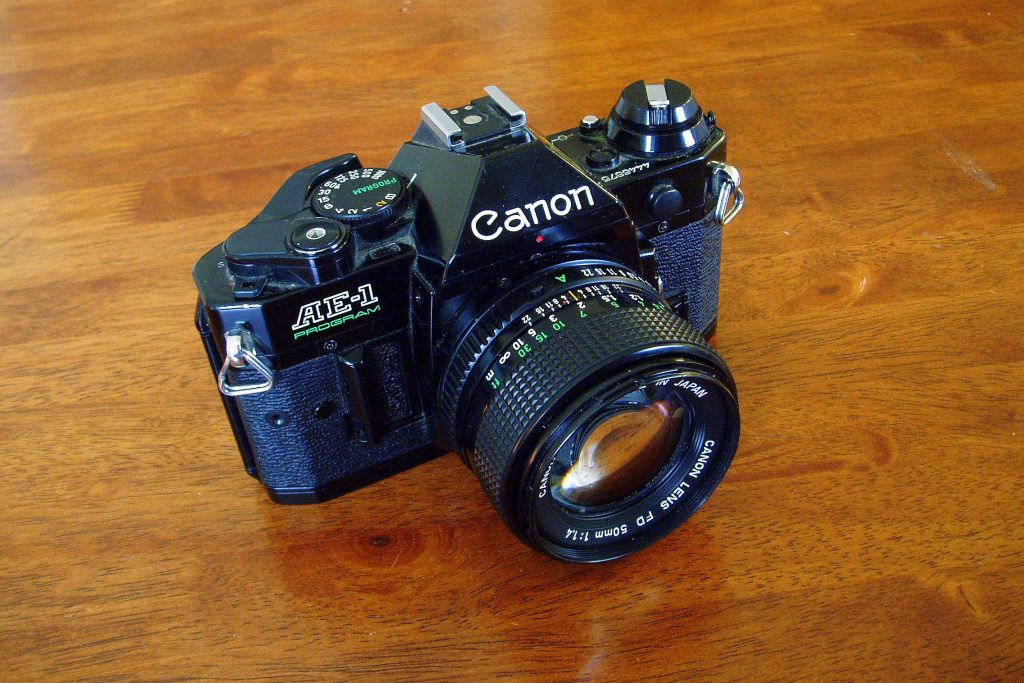
The Canon AE-1 Program is one of the most popular film cameras of all time and comes packed with features that you won’t find on the Pentax K1000. The biggest difference with the Canon is that you get automatic modes such as aperture and shutter speed priority that you would find on a modern-day digital camera.
PROS:
- Automatic modes such as aperture and shutter speed priority, and fully automatic mode.
- Built-in self-timer, camera lock, and auto exposure lock.
- Compatible with a huge selection of Canon FD lenses
CONS:
- The light meter isn’t as intuitive as the Pentax K1000 if you’re shooting in manual mode.
- Many of the body components are made of plastic. The Pentax K1000 feels better built.
- More prone to light leak issues than the Pentax K1000
- It functions off the battery so you won’t be able to use it if your battery dies.
Minolta X-700
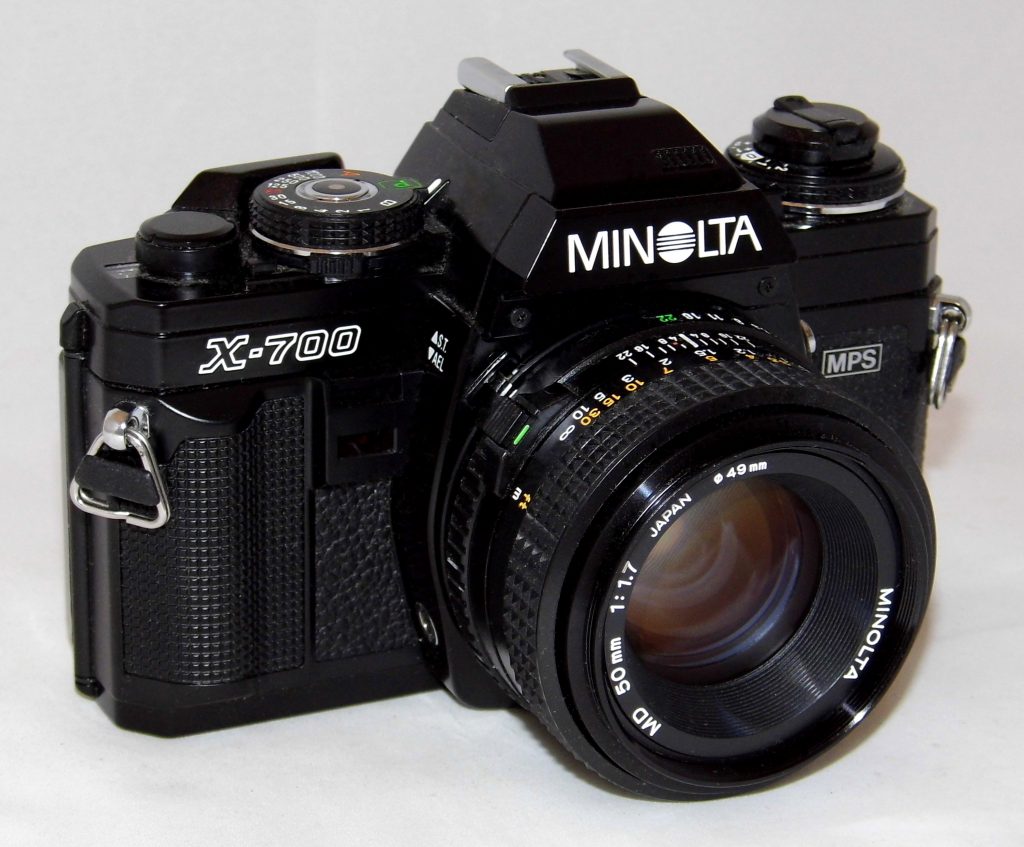
The Minolta X-700 is Minolta’s most popular consumer film camera. Like the Canon and Pentax, since it was so popular, it’s very easy to find one in good condition for a relatively low price.
Similar to the Canon, the Minolta also offers full automatic mode through its Minolta Program System (MPS). It also has aperture priority mode and full manual, although it doesn’t include shutter speed priority like the Canon AE-1 Program.
PROS:
- Automatic modes such as aperture priority and full automatic mode through its Minolta Program System (MPS).
- Built-in self-timer, camera lock, and auto exposure lock.
- Compatible with a huge selection of MC and MD mount lenses.
CONS:
- Many of the body components are made of plastic. The Pentax K1000 feels better built.
- It functions off the battery so you won’t be able to use it if your battery dies.
Pentax K1000 Summary – 4/5 Score

Overall, the Pentax K1000 is one of the best film cameras you can start out with. It’s still reasonably priced, it’s super simple to use, it does not rely on a battery to operate, and you get access to the Pentax K Mount lenses.
The best part is that for such a simple camera, it takes some awesome images. Just check out the gallery below to see for yourself. All the images were shot on my Pentax K1000. Lastly, as I mentioned earlier, prices on the Pentax K1000 are steadily increasing so if you’re thinking about getting one, now is the time to do it!
Sample Images Shot with the Pentax K1000

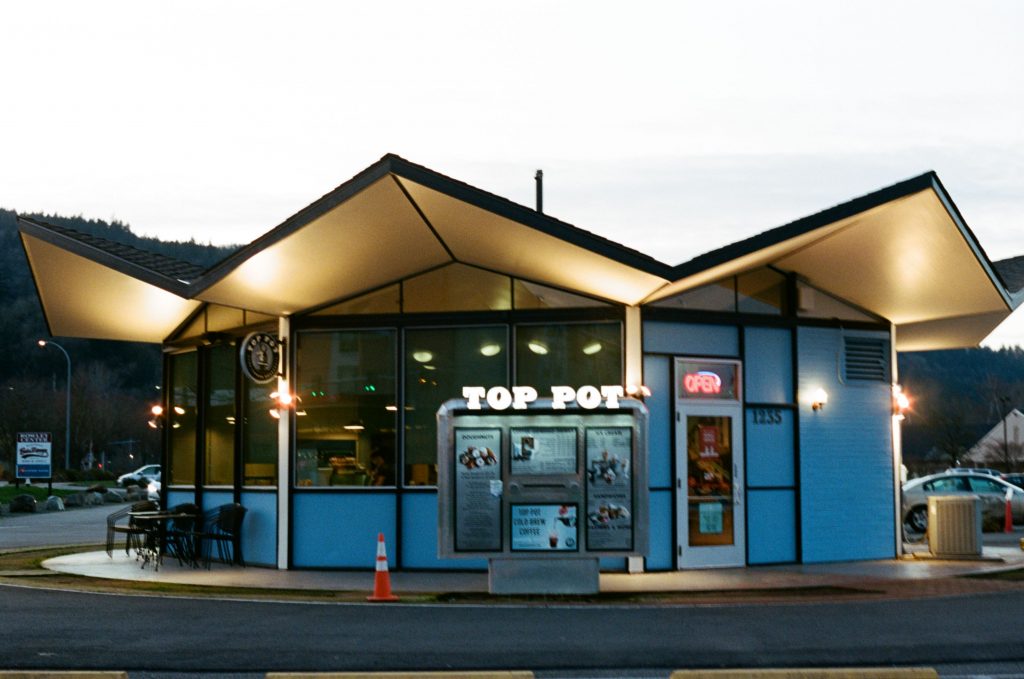

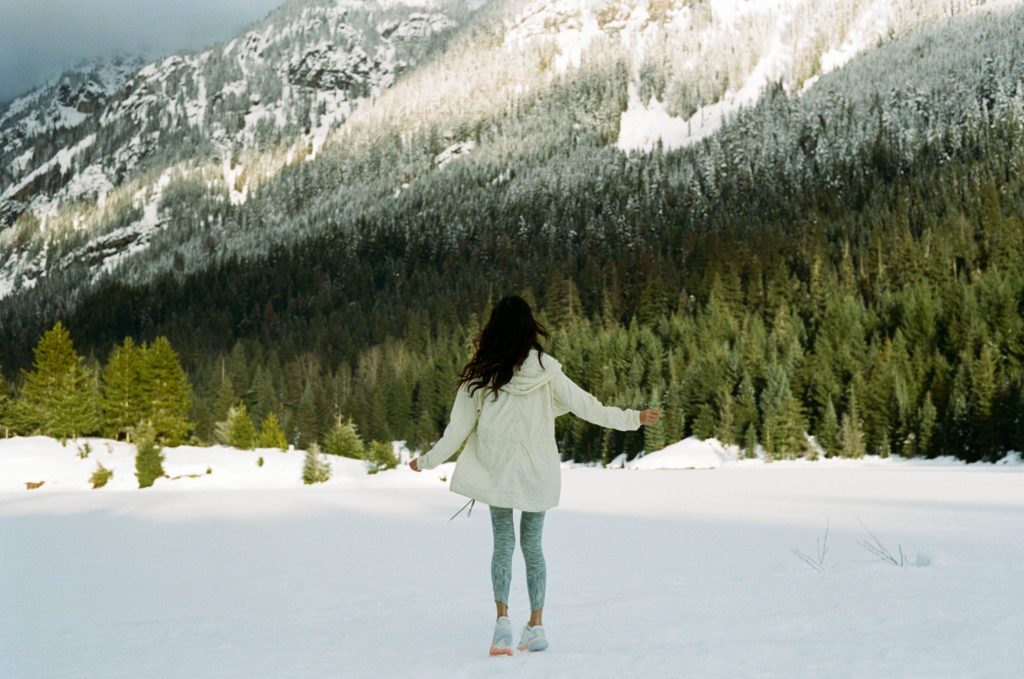
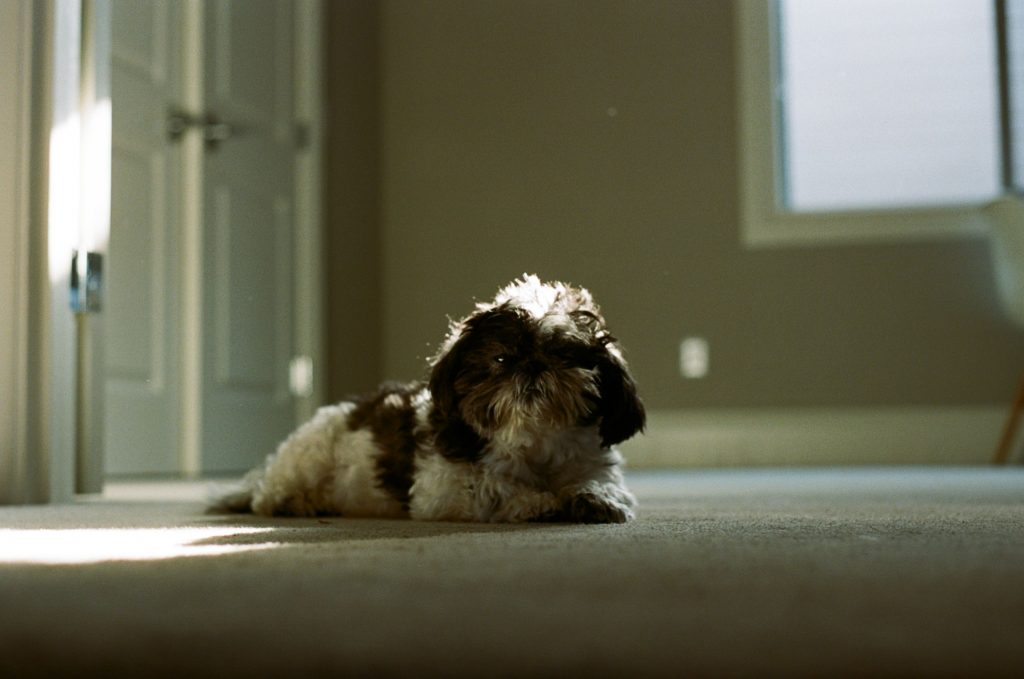
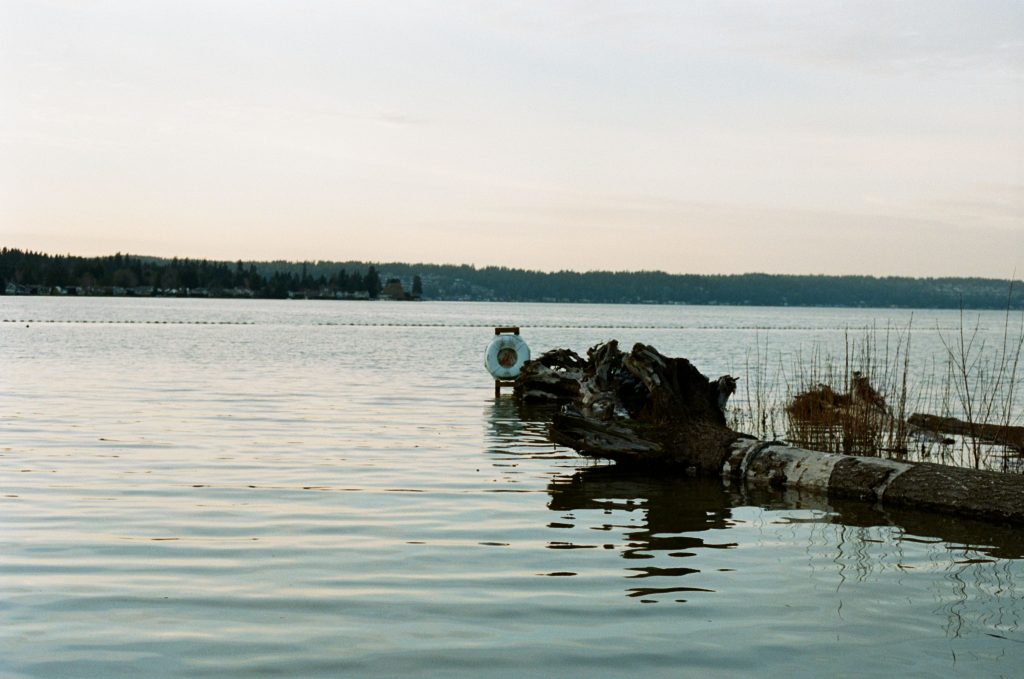
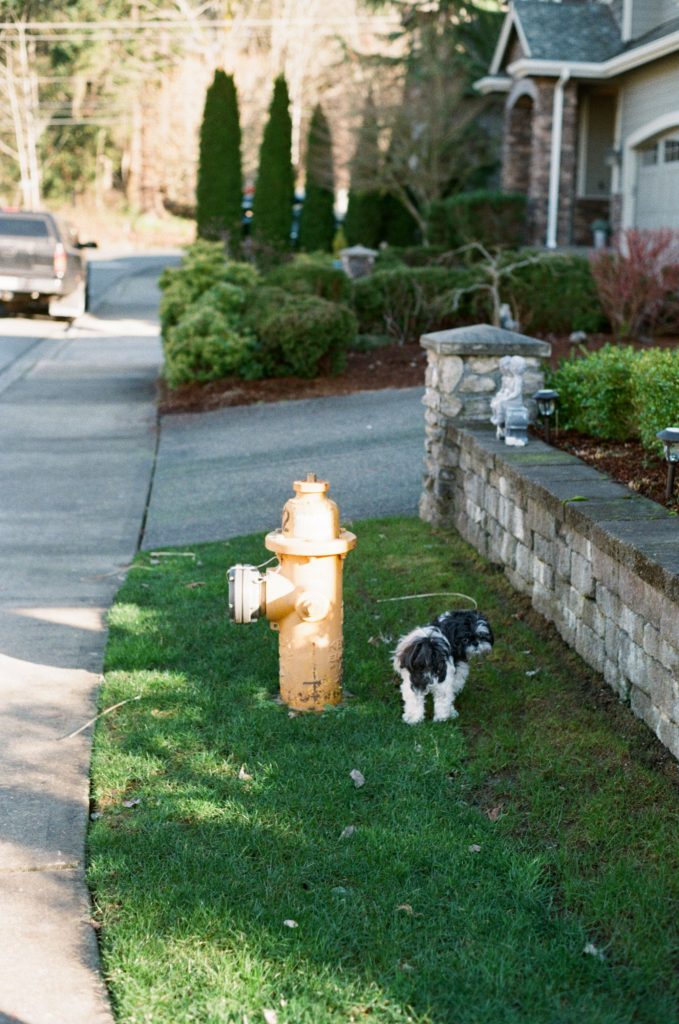
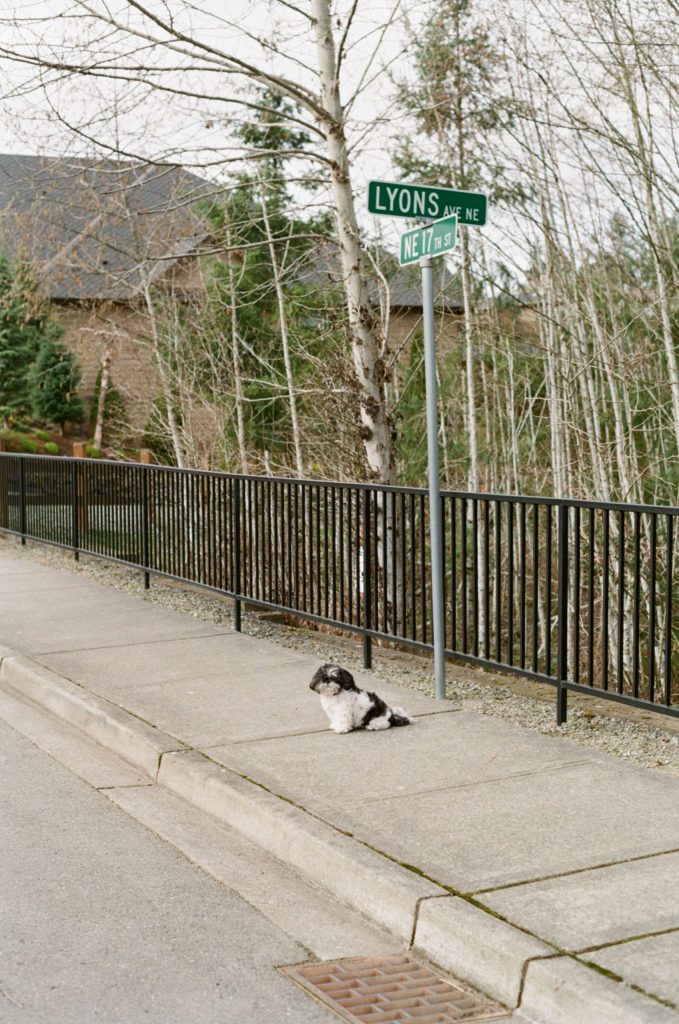

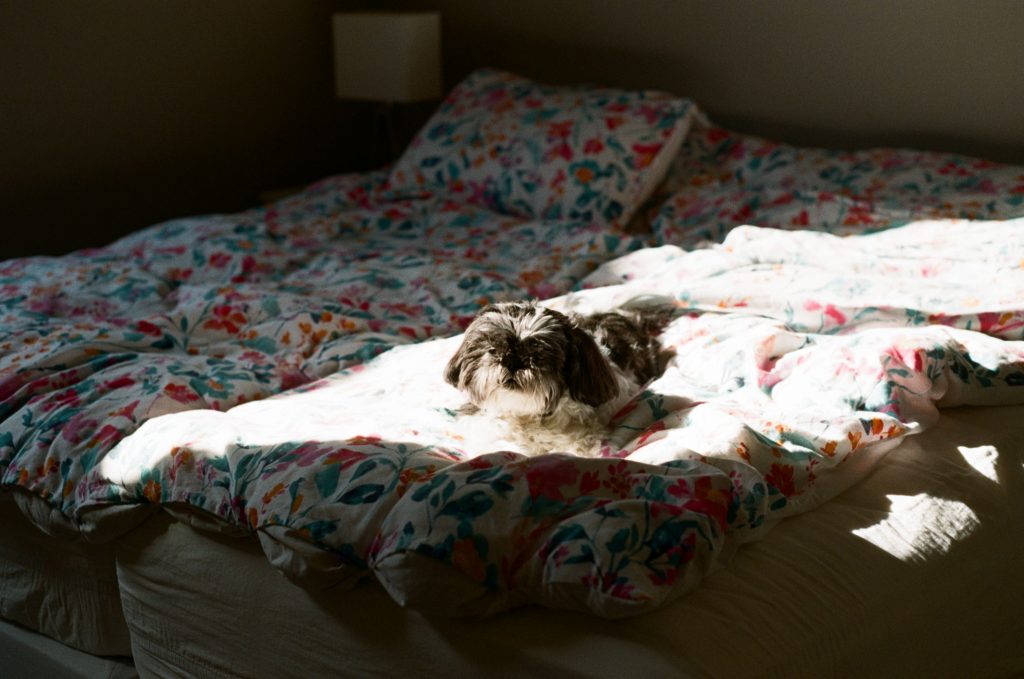
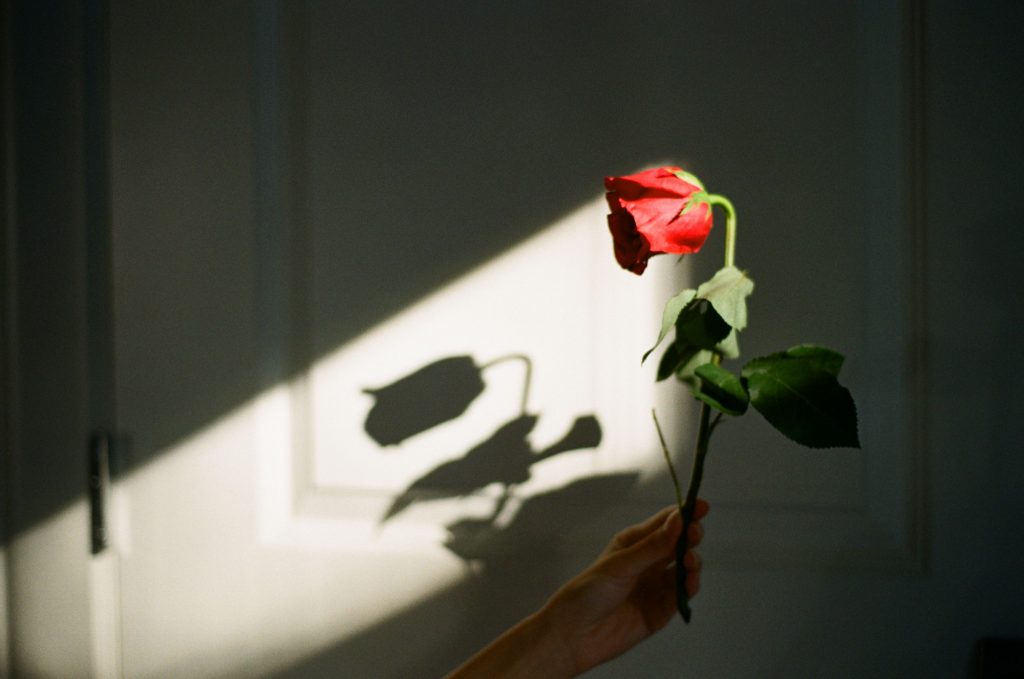

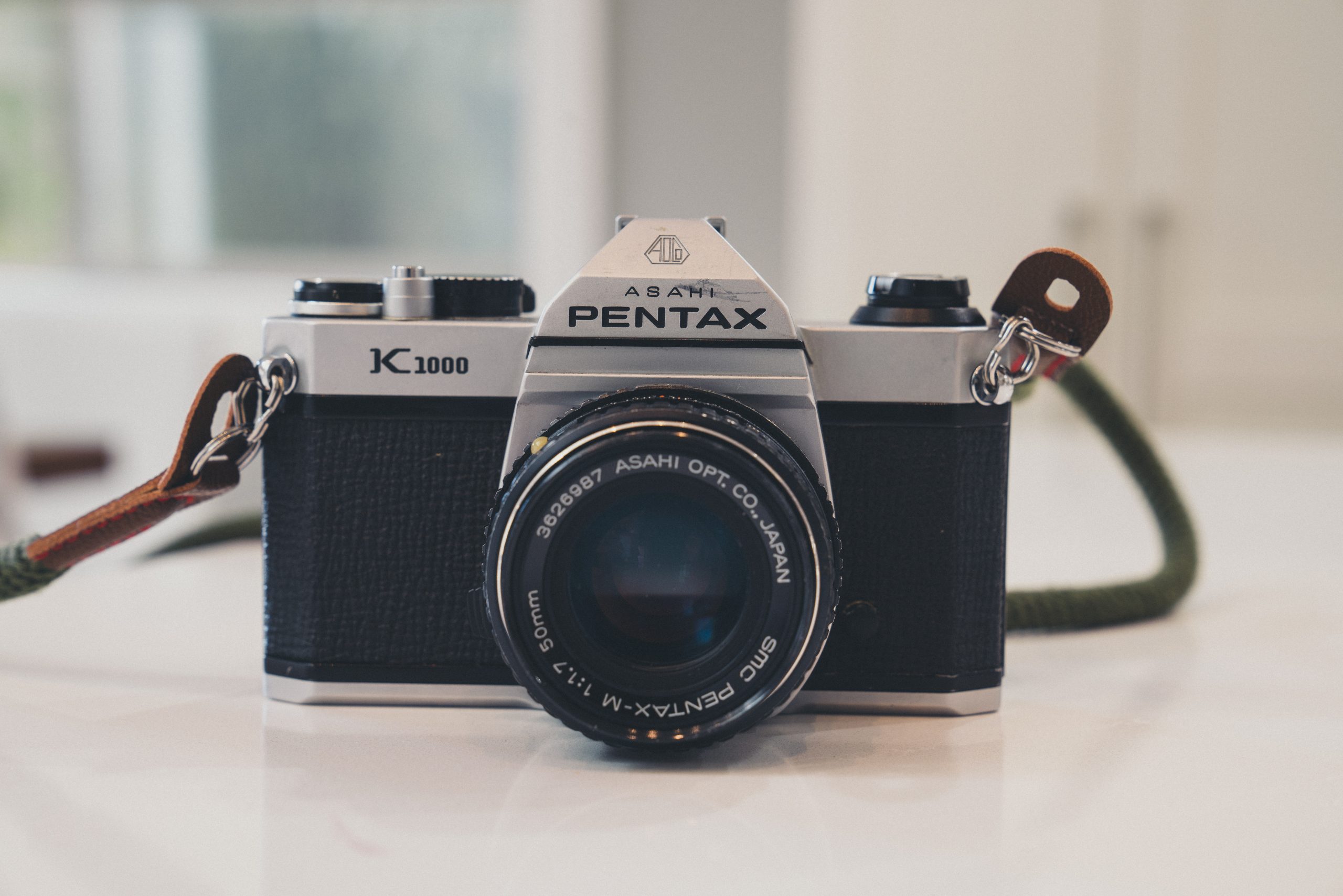
Hello Tom
Many thanks for your comprehensive review. I came across your post while researching for an issue with my K-1000 (not AOCo model, the second one) and the Pentax SMC K 55mm 1.8 lens that I just bought. The lens’ focus and aperture ring work fine on its own. However, when mounted to the K1000 camera, the aperture ring doesn’t seem to work when adjusting the aperture value ( I don’t see the elements moving). Do you know what the reason could be? And can you please help advise on how to make them work? Many many thanks.
Hi Trang!
You’re welcome and thanks for reading the article. Have you tried to see if your aperture is working when you fire the shutter? To do this, set the shutter speed to bulb and click the shutter and continue to hold down. If your aperture is working, then you will see the lens blades triggering based on the aperture you have set when you look through the lens. The reason why I’m asking is because the Pentax K mount lenses always remain wide open until you take the photo.
Let me know if this is the case! If not, I can research a little more for you.
Best,
Tom
Love this, thank you.
You’re welcome and thanks for reading the article!